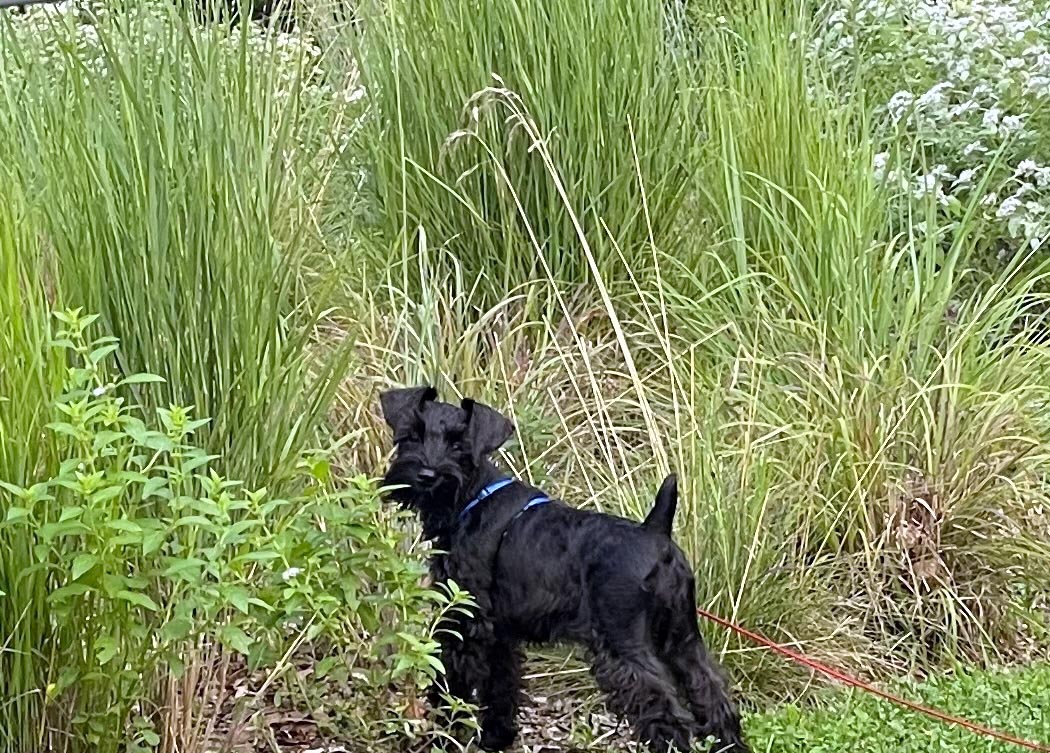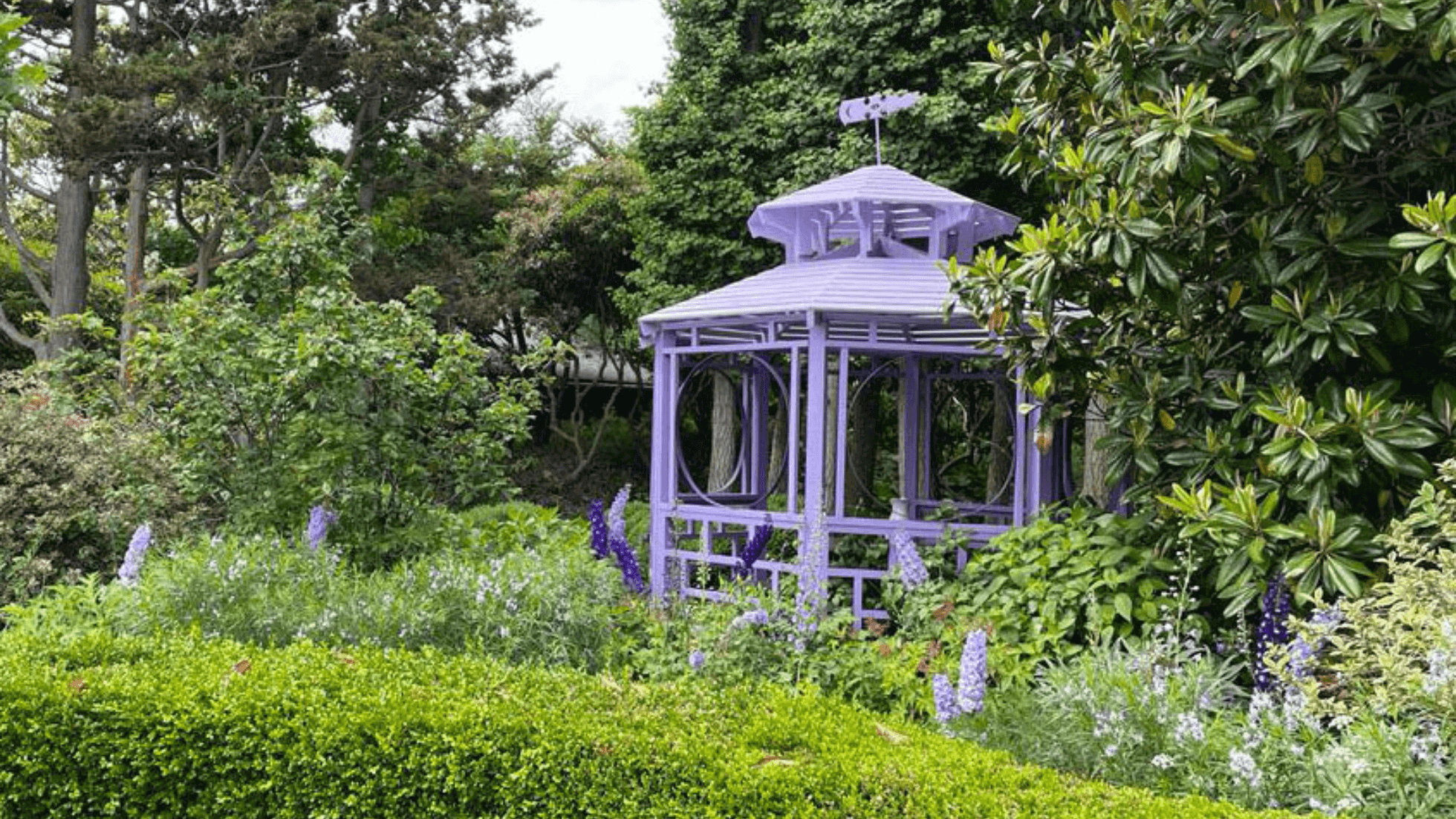
by Edwina von Gal
If you Google “Food Web” or “Web of Life,” you’ll find a plethora of oddly tangled images of animals and plants with arrows pointing out, up, and all around. Do you get a general idea of what it all means? Soil feeds plants, which are eaten by insects and small animals, which are eaten by even larger animals. Then, the arrows all point back to the soil. Easy to get the small to large concept, but how does that last arrow work? The biggest animals might be eating plants, but if they aren’t eating soil, what closes the food loop? Pooping and dying.
All along the way, every one of them—from a soil microorganism to an elephant—recycles what they eat by digesting it and then popping it out on the ground. Plants drop discarded body parts at their feet. When plants and animals die, their bodies fall on the ground. Poop and bodies decompose and feed the soil, which feeds the plants, which feeds the animals, who eat other animals, who eat more plants—and always they go back to the soil. A deceptively simple and highly elegant system for a planet that is, by necessity, a self-contained system. With some help from the sun, the earth feeds itself.

No biomass leaves the property at Marshouse, where log walls and habitat piles (haystacks!) provide shelter for wildlife like native bees, chipmunks, and snakes, and food for the soil. Photo by Allan Pollok-Morris.
Can you see your place in the food web? Maybe not. Most of us aren’t there. Somewhere along the path of striving to be something we call civilized, we humans stopped following the arrows. We strayed from the food loop and interrupted the system. We eat food that is grown far away, we poop it into inaccessible processes, and we withhold our dead bodies from feeding the soil. On top of that, we do our best to keep our managed landscapes out of the loop. We don’t share the gardens we grow with other fauna. Instead, we send our biomass (leaves, twigs, vegetable scraps) to landfills where it is treated as garbage. Oh, and sometimes, we poison it first.
Your community (and probably your family) might not be thrilled for you to act on the fundamental fixes here, like switching to composting toilets or planning a shallow burial in the woods, but there are a couple of things you can do to sidle back into the loop:
- You could avoid eating food from faraway places and grow your own or buy locally grown.
- You could share your land with the loop. It’s easy to do:
- Stop using poisons;
- Create habitat;
- Treat all biomass (food scraps, leaves, twigs, branches) as food for the loop and not the garbage can.
- Encourage a wildlife party in your yard to eat, poop, and die there;
- And then put it all back in the soil as compost.
Are you feeling the loop? Are you feeding the loop? It is all around you. Are you ready to check out even? Keep it in mind when you eat, poop, and before you die.









